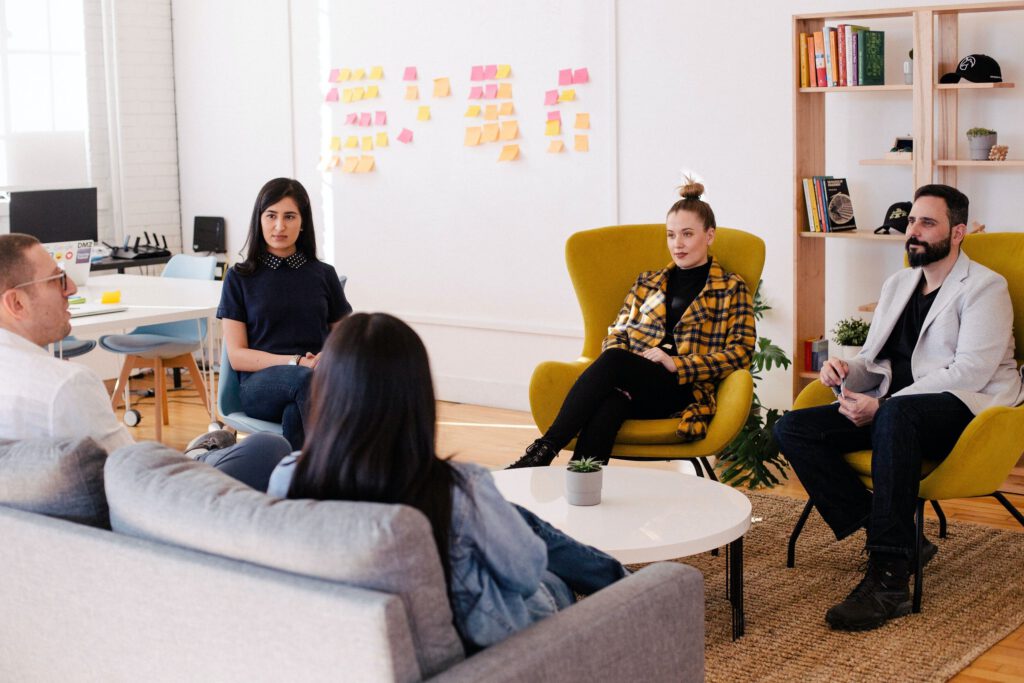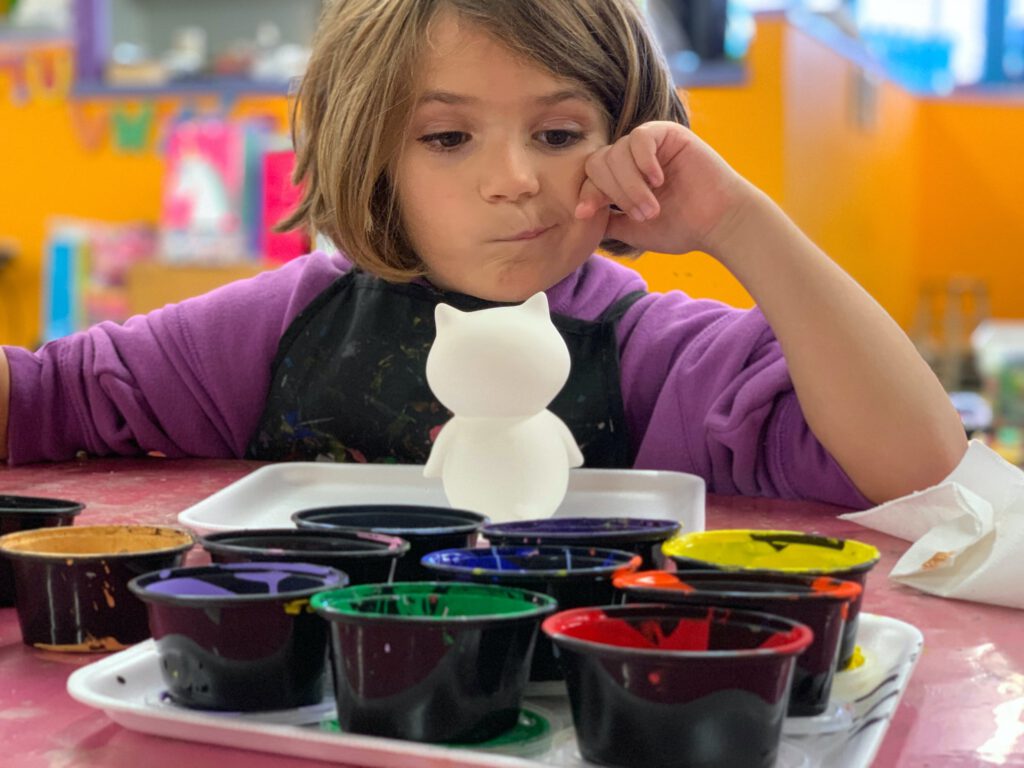Resourceful Problem Solving in Online Special Education
Five Moreland University instructors share accounts of supporting students with special needs during COVID-19
Special Education has been impacted more severely than almost any other educational sector due to COVID-19. Students with special needs require personalized attention and services from a myriad of specialists in various settings throughout the school building. Teachers and service providers who usually provide individualized learning support to students with special needs have been challenged to foster engagement, personalize learning, and create community due to distance education and virtual learning in the wake of this pandemic.
However, teachers are resilient. In meeting the needs of their students, teachers have developed innovative solutions in collaboration with administration, families, and students themselves. Teachers of students with special needs are transforming synchronous and asynchronous online education into an engaging and supportive learning environment conducive to the needs of learners of all backgrounds and ability levels. Moreland University faculty members are among the teachers and school leaders who are leading this global shift in online special education. Read below how five instructors are supporting teachers and students within the context of special education.
—
Due to the COVID-19 pandemic, many schools have leveraged online or remote learning to continue to serve students. This transition has caused challenges and obstacles for students with special needs, their families, and their teachers. What has been a highly effective and innovative solution or response to the challenges and obstacles of online special education that you have implemented or witnessed? How have you or others been able to persevere in providing services to students with disabilities?
”One thing that I have witnessed teachers doing to serve their students with special needs in the virtual environment is to meet with them for 10 minutes prior to the whole class meeting and pre-teach challenging material. I have seen confidence built in students as they enter the class already having a basic understanding of the content.”
Fayth Silveus, M.Ed, Ed.S. is a curriculum coordinator who teaches in our TEACH-NOW® Teacher Preparation Certificate Program and M.Ed. in Early Childhood.
“SeeSaw, an excellent tool for connecting with all students, is specifically helpful for students with special needs. We facilitate individual mini-conferences either during an on-line lesson in a break-out room or during an added online meeting with the student and caregiver. In addition, the online home visit is crucial in working with the parents of students with special needs in order to outline the expectations from their end. For students experiencing anxiety, there are mindfulness exercises that can be implemented into any lesson. Click here to learn about these and other strategies we use with students.”
Jeanine Merrill, M.Ed. is a retired international school counselor who teaches in our TEACH-NOW® Teacher Preparation Certificate Program.
“During this pandemic, I focused on my students’ academic skills and their social and emotional well-being. Building a relationship with my students and their parents is essential for them to succeed. My students’ general education teacher and I work closely together to ensure that we meet our students’ individual academic and emotional needs. Their general education teachers and I support one another in so many ways. We each hold individual sessions with our students. When the general education teacher is unsure of how to teach a specific skill, I join their sessions to teach “our student” that particular skill until their teacher is comfortable doing so. Communication is a key factor in a child’s development.”
Michelle Manalo, Ed.D. is an education specialist who teaches in our TEACH-NOW® Teacher Preparation Certificate Program.
“Virtual learning has been extremely challenging for our students with special needs. For most of them, the whole group instruction has not been effective. We have found their one-on-one sessions much more effective. They are able to meet with the special education teacher, social worker for behavior or SEL supports, or related service providers individually. For our students required to receive 20 or more hours of special education services or who have a dedicated aide, we have developed a plan to provide in-person instruction 2 days per week. The SPED team has been flexible with scheduling sessions and consistent in reaching out to families in an effort to make sure students are getting their service hours. We’ve also maintained good communication between us to make sure everyone feels supported.”
Niesha Keemer, Ed.D. is a school principal who teaches in our TEACH-NOW® Teacher Preparation Certificate Program and Master’s in Educational Leadership.
“Our district has hired additional staff, specifically special education tutors and virtual school teachers. Our full-time virtual school students who have direct services in ELA, math, science, or social studies meet daily with their special education virtual school teacher for live virtual lessons. Students’ monitoring-teachers make weekly contact with them as well. The goal is to have two-way communication with each student. If the student doesn’t respond to an email, phone call, or Schoology message, then someone from our Office of Student Support makes a home visit. Virtual school students also receive teletherapy for any additional services they would have typically received in the school setting.“
Lee Ann Porter, Ed.D. is a district manager of assessment and instruction who teaches in our TEACH-NOW® Teacher Preparation Certificate Program and Master’s in Educational Leadership.
—
Critical to the success of students with special needs are personalization and individualized support. As demonstrated through the experiences of Moreland University faculty, teachers and service providers are taking the additional steps necessary to make contact with students in one-on-one meetings to administer check-ins, differentiate instruction, and provide specialized services. Through innovative technology, teachers and students are working together in novel ways to achieve students’ learning goals and promote success. Professional learning communities are coming together in the spirit of collaboration, flexibility, and determination to find ways to provide students with the education they deserve no matter where learning takes place. Now more than ever, teachers must be resourceful problem solvers and tech-savvy educators who persist in the pursuit of student achievement.
Joseph A. Pearson, M.S.Ed.



